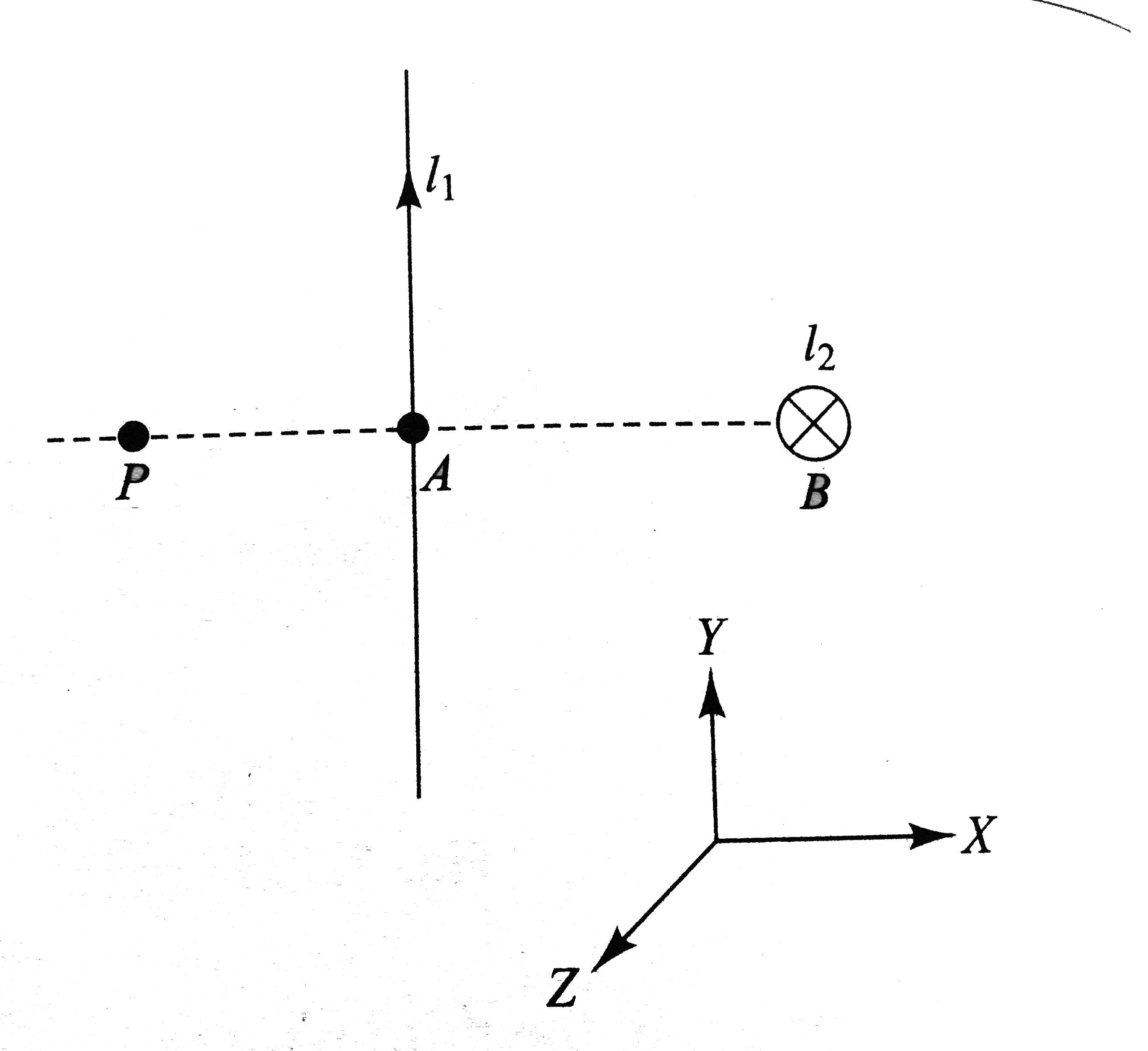In periscope, the mirror surfaces are arranged perpendicular to each other.
To determine whether the statement "In periscope, the mirror surfaces are arranged perpendicular to each other" is true or false, we can analyze the arrangement of mirrors in a periscope step by step.
1. Understanding the Periscope:
- A periscope is an optical instrument used to see over or around obstacles. It typically consists of two mirrors and a tube.
2. Arrangement of Mirrors:
- In a periscope, there are two mirrors positioned at each end of the tube.
3. Mirror Orientation:
- The mirrors are arranged in such a way that they are parallel to each other. This means that they are aligned in the same direction, allowing light to reflect between them.
4. Reflection Process:
- When light from an object enters the periscope, it hits the first mirror and reflects towards the second mirror. The second mirror then reflects the light to the observer's eye.
5. Conclusion:
- Since the mirrors are parallel to each other and not perpendicular, the statement in question is false.
Final Answer:
The statement "In periscope, the mirror surfaces are arranged perpendicular to each other" is false.
---
- A periscope is an optical instrument used to see over or around obstacles. It typically consists of two mirrors and a tube.
- In a periscope, there are two mirrors positioned at each end of the tube.
- The mirrors are arranged in such a way that they are parallel to each other. This means that they are aligned in the same direction, allowing light to reflect between them.
- When light from an object enters the periscope, it hits the first mirror and reflects towards the second mirror. The second mirror then reflects the light to the observer's eye.
- Since the mirrors are parallel to each other and not perpendicular, the statement in question is false.
The statement "In periscope, the mirror surfaces are arranged perpendicular to each other" is false.
Topper's Solved these Questions
- BOOK - ICSECHAPTER - LIGHT ENERGYEXERCISE - EXERCISE-5.1 (Objective Type Questions) (C. Write .true.of .false. for the following statements :)5videos
LIGHT ENERGY
- BOOK - ICSECHAPTER - LIGHT ENERGYEXERCISE - EXERCISE-5.1 (Objective Type Questions) (D. Tick the most appropriate answer)5videos
LIGHT ENERGY
- BOOK - ICSECHAPTER - LIGHT ENERGYEXERCISE - THEME ASSIGNMENT D. Statements given below are incorrect. Write the correct statements.7videos
LIGHT ENERGY
- BOOK - ICSECHAPTER - HEAT TRANSFER EXERCISE - Picture Study2videos
HEAT TRANSFER
- BOOK - ICSECHAPTER - MATTER EXERCISE - THEME ASSIGNMENT25videos
MATTER
Similar Questions
Two infinitely long linear conductors are arranged perpendicular to each other and are in mutually perpendicular planes as shown in Fig. If I1=2A along the y-axis, I2=3A, along -ve z-axis and AP=AB=1cm, the value of magnetic field strength →B at P is
 View Solution
View SolutionUsing analytical geometry, prove that the diagonals of a rhombus are perpendicular to each other.
View Solution
Knowledge Check
- Question 1 - Select One
Unpolarized light is incident on a plane glass surface. The angle of incidence so that reflected and refracted rays and perpendicular to each other, then
Ataniβ=μ2Btaniβ=μCsiniβ=μDcosiβ=μ
Using analytical geometry, prove that the diagonals of a rhombus are perpendicular to each other.
View SolutionTwo lines l and m , are perpendicular to the same line n. Are l and m perpendicular to each other? Give reason for your answer.
View SolutionShow that the diagonals of a rhombus are perpendicular to each other
View SolutionShow that the diagonals of a rhombus are perpendicular to each other
View SolutionIn the relation F=q(V×B), which paiers are always perpendicular to each other.
View SolutionDraw a liner pair of angles. Bisect each of the two angles. Verify that the two bisecting rays are perpendicular to each other.
View SolutionDraw a linear pair of angles. Bisect each of the two angles. Verify that the two bisecting rays are perpendicular to each other.
View Solution

